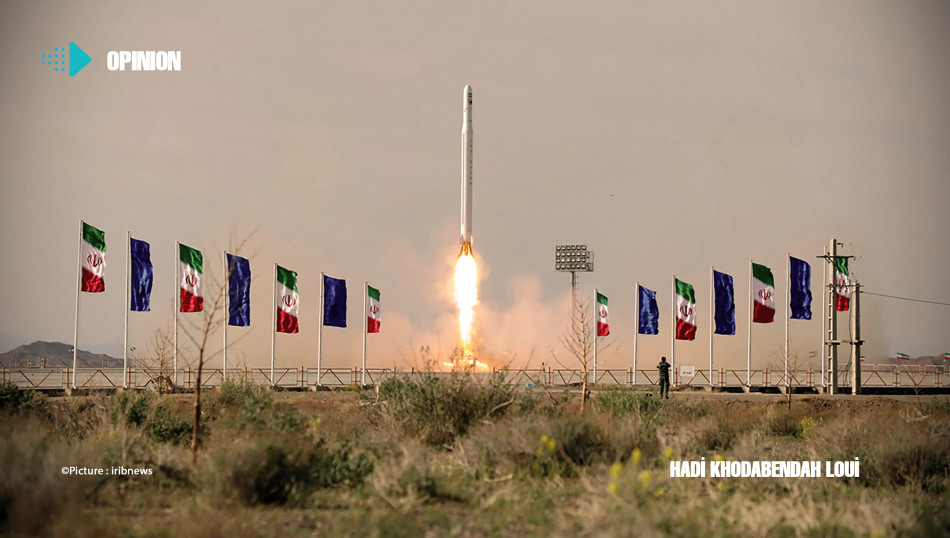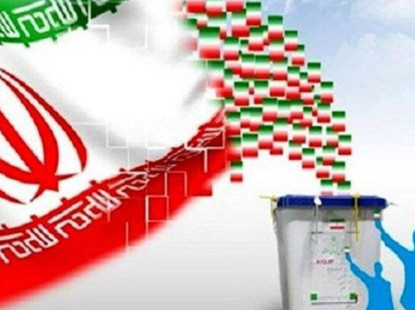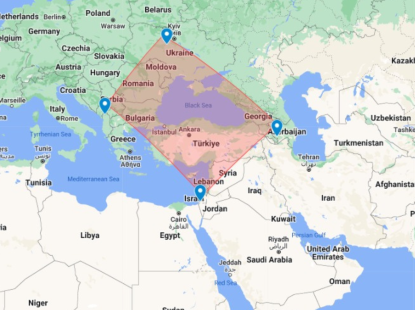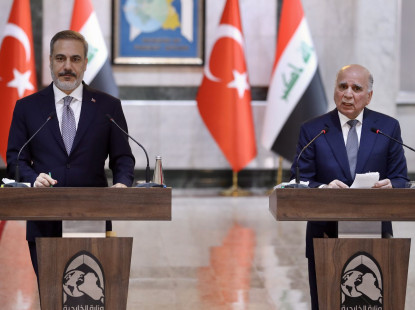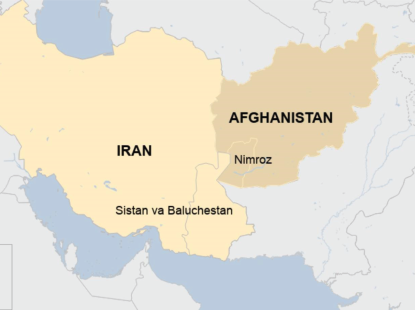You can change the font size of the text by pressing the + and - buttons.
The Unveiling of the Revolutionary Guards' Secret Space Program
27/04/2020
Summary
- The Iranian Revolutionary Guard Corps (IRGC) announced Wednesday that it had successfully launched Iran's first military satellite.
- The Nour (Light) military reconnaissance satellite was launched in the morning of April 22, using the Qased (Messenger) launch vehicle (SLV) from the IRGC base near Shahroud, about 330 km northeast of the capital, Tehran. Shahroud site is a strategic base to test ballistic missiles.

- The U.S. Space Command is monitoring two orbiting objects, a satellite and probably a rocket body, that were launched from the center of Iran, according to an official.
- The IRGC's first military satellite launch is not a continuation of Iran's civilian space program.
- The civilian program has been developing under the auspices of the Iranian Ministry of Information and Communications Technology and the Ministry of Defence and Armed Forces. Moreover, the civilian program operates two-stage liquid-fueled launch vehicles of Safir and Simorgh. In 2011 the Safir SLV placed the Rasad-1 observation satellite at an altitude of 250 KM.
- The IRGC secret space program has been developed under the auspices of the IRGC Aerospace Force (IRGC-AF). As revealed with Wednesday's satellite launch, the military program aims at operating three-stage solid-fueled launch vehicles. Based on initial reviews, it can be said that the IRGC-AF retrofitted the Ghadr-110 medium-range ballistic missile (MRBM) together with the solid-fueled Salman motor to Qased SLV. The Qased SLV has placed the Nour reconnaissance satellite at an altitude of 425 KM.
Context
- The IRGC Aerospace Force was established in October 2009 after the dissolution of the IRGC Air Force. In addition to the Air Force's responsibilities, it is also in charge of the Revolutionary Guard's space and missile missions. Brigadier General Amir Ali Hajizadeh has been in charge of this force since its foundation.
- Iran's civilian space program has had a record of joint research projects with China, Russia, and Thailand, and it has conducted several short-duration satellite missions and has also allegedly sent monkeys into sub-orbital space.
- Iran has failed to put its civilian satellites into space three times in the last year. On February 9, Iran failed to launch a scientific observation satellite, called Zafar (victory), into orbit. The launch was condemned by the West, which accused Tehran of seeking to strengthen its ballistic missile capabilities through satellite launches.
- According to the New York Times, the George W. Bush Administration had started a covert subversion operation to sabotage the Iranian missile program. The process allegedly blundered compromised parts and materials into critical factories and supply chains.
- Iran's launch of its first military reconnaissance satellite follows the IRGC's acquisition of combat drones with a range of 1,500 km armed with anti-tank missiles and new anti-ship missiles with a range of 700 km.
- The U.N. Security Council Resolution 2231 (2015) calls upon Tehran "not to engage in any activities related to ballistic missiles designed to carry nuclear warheads, including any launches using ballistic missile technology."
- The United States is concerned that ballistic missiles could be armed with nuclear warheads, and the head of U.S. diplomacy, Mike Pompeo, said Iran should be "held accountable" after the launch, which is "contrary" to U.N. resolutions.
- In the face of sanctions and the COVID-19 crisis, Iran's insistence on pursuing its high-cost space program has had repercussions both inside and outside the country. Iranian Foreign Minister Javad Zarif announced in March that it had applied to the IMF for an emergency credit line of up to about $5 billion.
Military-Political Analysis
- The launch of the first military satellite with a Qased-class launch vehicle, which reaches an altitude of 425 kilometers, is an indicator of Iran's ability to reach the range of Intercontinental Ballistic Missiles (ICBMs).
- The Israeli claims of obtaining top-secret documents related to Iran's nuclear program and the alleged CIA's covert sabotage program pointed to security breaches and serious flaws within The IRGC Intelligence Organization (IRGC-IO). The successful satellite launch and the fact that the IRGC had concealed its space programs can be taken as an indication that the IRGC-IO is gapping these alleged security holes.
- After several failures in Iran's civilian space program, the success of IRGC's first military satellite launch comes at a critical period for the Guards. Such an an achievement would boost the Guard's image in Iran, which is witnessing a transition towards a political scene dominated by the elite military and security cadres.
- The IRGC's rocket's capacity to reach an altitude of 425 kilometers and the satellite's military reconnaissance capabilities have ramifications for the Middle East. This would mean that the IRGC has the military capability to target long-distance enemy targets and also monitor the enemy's mobility on the ground and at sea.
- Iran wants to maximize its gains during the time that is left until the U.S. presidential elections in November 2020. Assuming that the U.S. is affected by the coronavirus crisis and is not able to enter into a large-scale conflict, Iran is rapidly developing its military strength in this period, notably in the nuclear program and its precision-guided missile project.
- Tags:
- Iran
- ICBM
- Military Satellite
- IRGC
